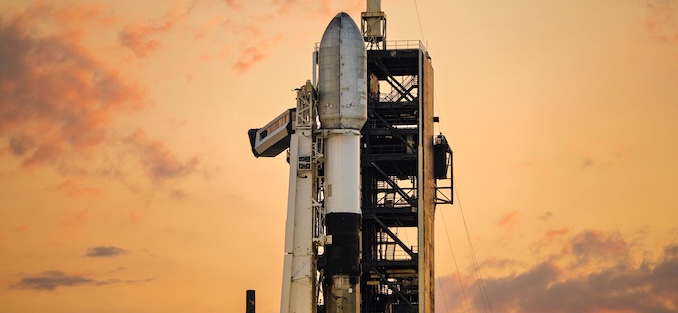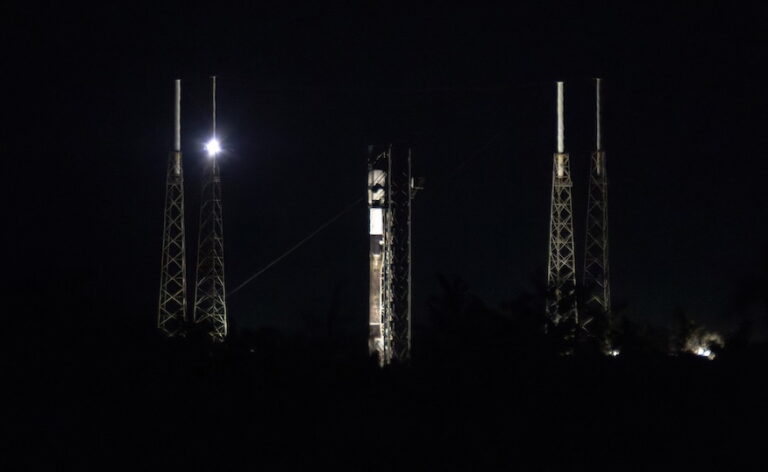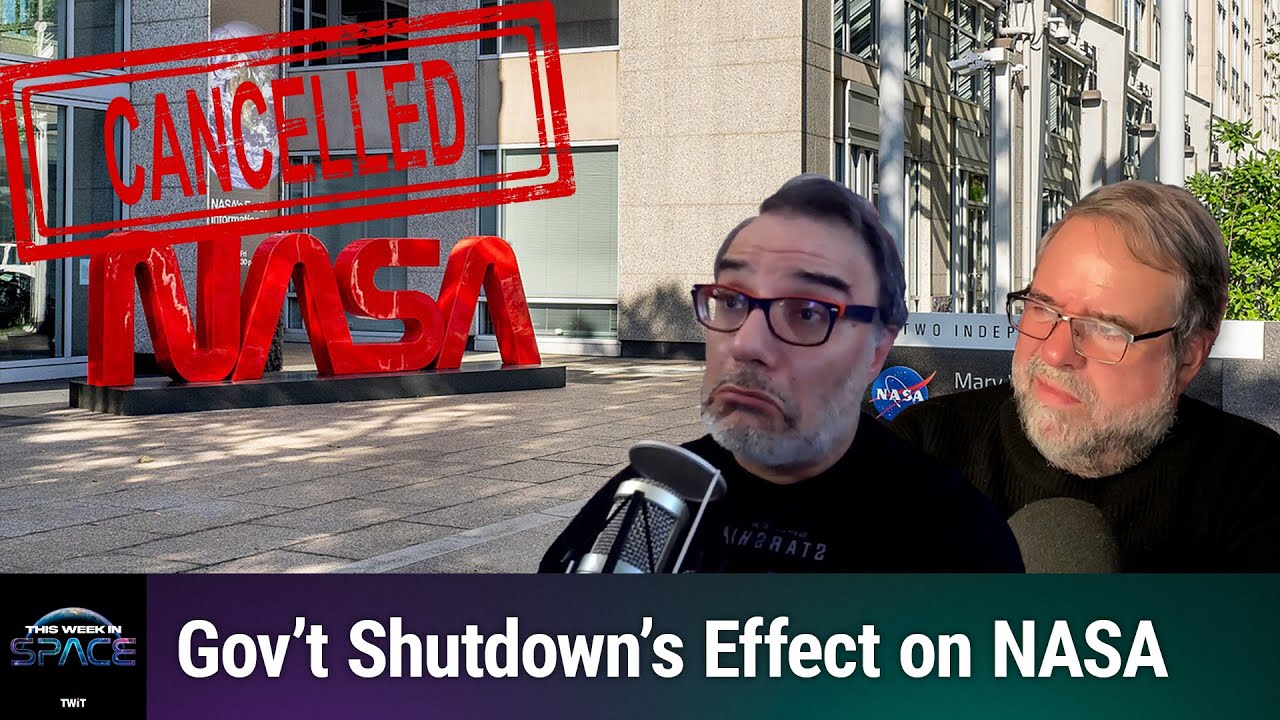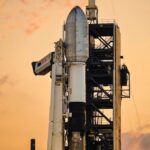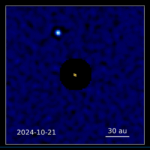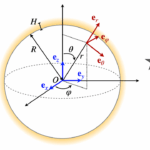Now Reading: SpaceX to launch 4 Falcon Heavy rockets as part of newest U.S. national security missions award
-
01
SpaceX to launch 4 Falcon Heavy rockets as part of newest U.S. national security missions award
SpaceX to launch 4 Falcon Heavy rockets as part of newest U.S. national security missions award
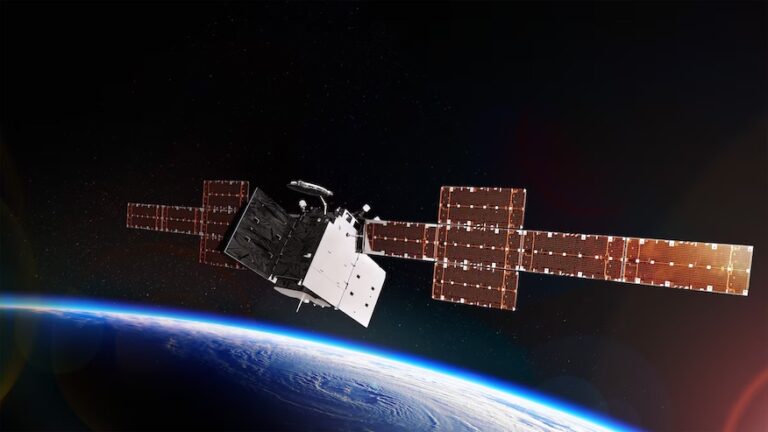

The latest missions carrying payloads for the U.S. Space Force (USSF) and the National Reconnaissance Office (NRO) were announced on Friday with a combined value of $1.142 billion. SpaceX was tasked with five missions and United Launch Alliance (ULA) received two.
This is the second order year (OY2) for the National Security Space Launch (NSSL) Phase 3 Lane 2 contract, which was awarded to Blue Origin, SpaceX and ULA. Back in April, USSF’s Space Systems Command announced the trio as the recipients of this half of the Phase 3 Acquisition Strategy.
SpaceX was named as the Requirement 1 provider and is anticipated to receive 28 missions between FY25 and FY29. ULA as the Requirement 2 provider will receive 19 missions.
Blue Origin, as the Requirement 3 provider, was projected to receive seven Phase 3 Lane 2 missions beginning in OY2. However, since it is still in the process of certifying its New Glenn rocket to meet national security needs, Blue Origin was not awarded any missions this go around.
It will able to make its case for assignments granted in fiscal year 2027 (FY27). The second launch to date of a New Glenn rocket is anticipated in either late October or early November.

“Space is the ultimate high ground, critical for our national security. With this year’s NSSL Phase 3 Lane 2 mission assignments, we continue to assure access to that high ground,” said Col. Eric Zarybnisky, program executive officer for Assured Access to Space. “Delivering assets to the warfighter is our ultimate mission, and we rely on our strong government-industry partnerships incorporating constant teamwork, open communication and the highest levels of technical acumen to successfully achieve that goal.”
Assured Access to Space (AATS) is a Program Executive Office within the USSF’s Space Systems Command and is responsible for procuring launch services and on-orbit capabilities. Here are the missions announced, which are scheduled to start launching no earlier than FY27:
- USSF-206/WGS-12
- USSF-155
- NROL-86
- USSF-149
- USSF-63
- NROL-88
- USSF-88/GPS IIIF-4
The first five of those will be launched by SpaceX for a total price of $714 million with the last two launching with ULA for a combined total price of $428 million. All of the missions announced will fly from the Eastern Range.
Following the announcement on Friday, Lt. Col. Kristina Stewart, SSC materiel leader for NSSL Integration Division, said that the majority of SpaceX’s missions will use a Falcon Heavy rocket.
“All assigned SpaceX missions in OY2 require a Falcon Heavy, except for USSF-149, which requires a Falcon 9,” Stewart said in a statement.
ULA will use its Vulcan rocket to launch its two missions, though the specific configuration of those two haven’t been announced yet.
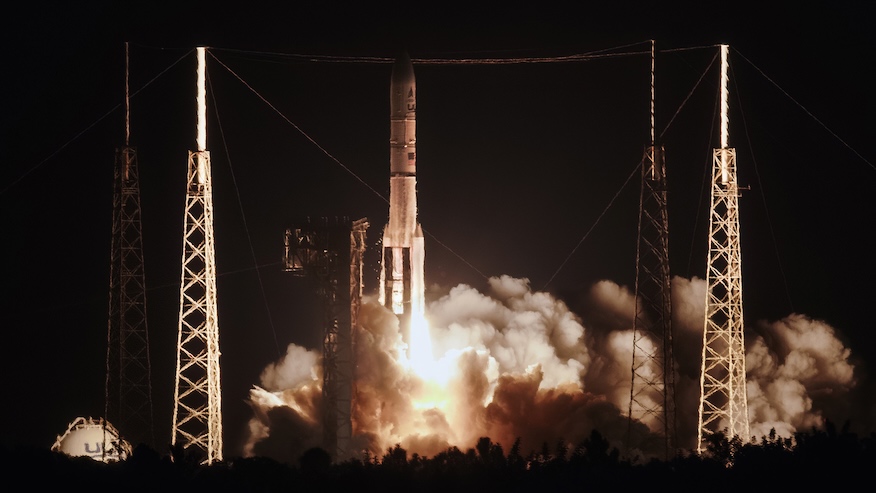
What’s launching?
Unsurprisingly, the majority of the missions launching have payloads that are intentionally shrouded in secrecy. Those include USSF-63, -149, -155 as well as NROL-86 and -88.
The USSF-206 mission has the primary payload of the Wideband Global SATCOM (WGS) satellite. This will be the 12th in the series of geostationary orbit satellites.
In March 2024, Boeing received a $439.6 million contract to build this satellite. The WGS-11 satellite was slated to launch on a ULA Vulcan rocket in 2025, but a specific date hasn’t been announced.
“We are proud to be a mission partner and are ready to continue providing protected tactical communications to the warfighter,” said Michelle Parker, vice president of Space Mission Systems in March 2024. “Like WGS-11, the 12th WGS satellite will provide critical capabilities to our military with over 1,500 individually steerable, shapeable beams in the Ka band, ensuring tactical forces have resilient communications.”
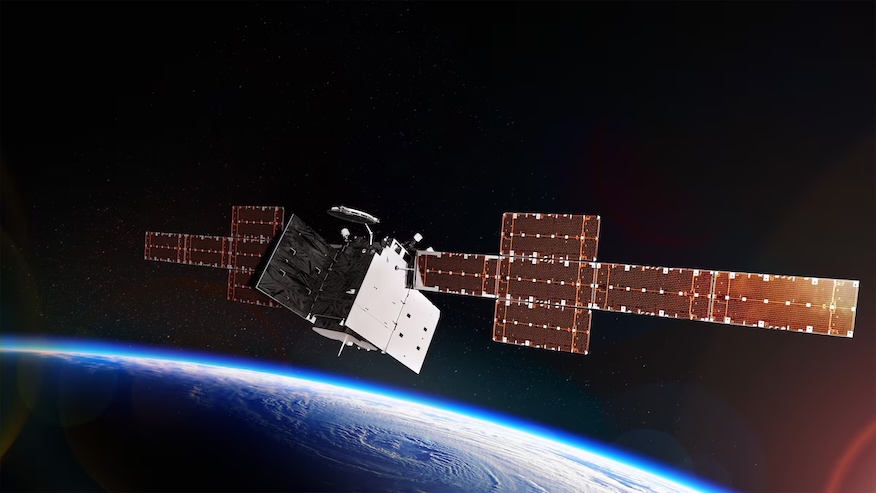
The other known payload at this time is the GPS III Follow-on (GPS IIIF) satellite flying on the USSF-88 mission. This is the fourth in this newest series of GPS satellites being manufactured by Lockheed Martin.
Back in 2018, the U.S. Air Force announced a $7.2 billion contract with Lockheed Martin to build 22 GPS IIIF satellites.
Stay Informed With the Latest & Most Important News
Previous Post
Next Post
-
 012024 in Review: Highlights from NASA in Silicon Valley
012024 in Review: Highlights from NASA in Silicon Valley -
 02Panasonic Leica Summilux DG 15mm f/1.7 ASPH review
02Panasonic Leica Summilux DG 15mm f/1.7 ASPH review -
 03From Polymerization-Enabled Folding and Assembly to Chemical Evolution: Key Processes for Emergence of Functional Polymers in the Origin of Life
03From Polymerization-Enabled Folding and Assembly to Chemical Evolution: Key Processes for Emergence of Functional Polymers in the Origin of Life -
 04How New NASA, India Earth Satellite NISAR Will See Earth
04How New NASA, India Earth Satellite NISAR Will See Earth -
 05And Thus Begins A New Year For Life On Earth
05And Thus Begins A New Year For Life On Earth -
 06Astronomy Activation Ambassadors: A New Era
06Astronomy Activation Ambassadors: A New Era -
07SpaceX launch surge helps set new global launch record in 2024












